For more information on how the new features of Autodesk AEC products can help you work smarter, contact us.
It's a wrap… Autodesk AEC 2025 products have arrived!
Back in March, Autodesk announced their new 2025 product line up, which (in addition to speed improvements) improves connections across Autodesk's software solutions for the Architecture, Engineering and Construction (AEC) industries.
While some products seem to have been paid more attention than others, generally this release of AutoCAD, Revit and Civil 3D has been pretty solid, with some brand new tools and improvements to existing ones.
AutoCAD 2025
AutoCAD 2025 introduces AI that helps users identify multiple instances of geometry and auto-converts them into blocks. The user is able to select some geometry and, when activating this feature, it promotes block creation and block organisation, thereby reducing instances of geometry that are ideal for blocks. While this feature is still under development, it will continue to evolve and improve with time.
The introduction of AI also extends into a new Autodesk Assistant that delivers a conversational interface, providing generative responses in a manner similar to ChatGPT with text-based conversations.
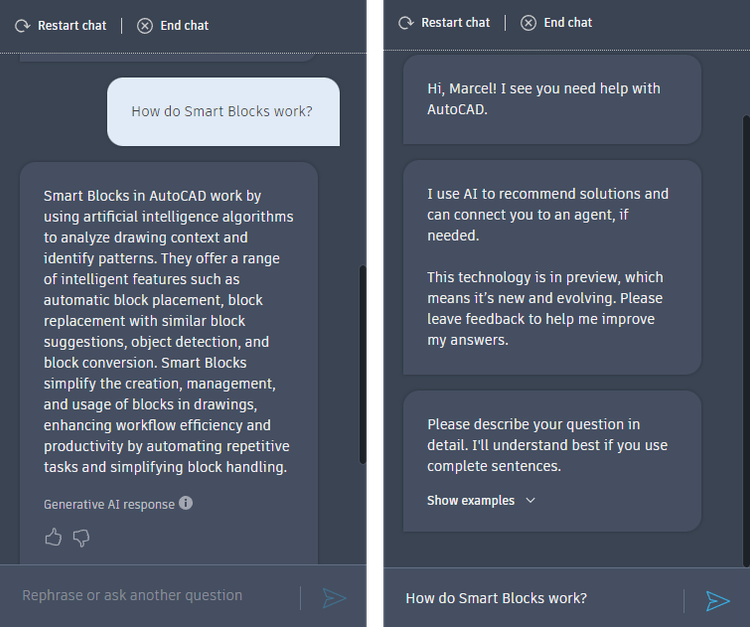
AutoCAD’s reach into the Autodesk Construction Cloud - Autodesk's common data environment in the cloud - is also much deeper with the 2025 release. This enables users with the AEC Industry Collection and/or Autodesk Docs to use AutoCAD’s Markup Import function to bring in markups from Docs - extending the collaboration between teams and other stakeholders within a project.
As expected, there are many other new features and improvements designed to enhance AutoCAD’s core performance and general drafting capabilities, aimed at streamlining your workflow and boosting productivity.
The integration of new ArcGIS Basemaps will enable users to use real-world geographical information from Esri and assign geographical location information to your drawings - enhancing precision and context in your designs, ensuring accuracy every step of the way!
For a full overview of the new features in AutoCAD 2025 refer to AutoCAD 2025 Help | What's New in AutoCAD 2025 | Autodesk
Revit 2025
While AEC teams often debate whether Revit will eventually replace AutoCAD, the question should be centred on how they can complement each other. Choosing between AutoCAD and Revit depends largely on your specific needs, but embracing both can deliver strategic dividends!
Revit 2025 brings some interesting improvements to the table. While some may see this release as a minor update compared with the last year’s update, there are a few feature improvements that will delight some users. Key improvements include more refined control over design elements, faster performance and enhanced collaboration features that facilitate teamwork across disciplines.
Those in the curtain wall design and detailing industry have eagerly awaited improved capabilities for integrating aluminum profiles into 3D model elements. I'm pleased to say that the new Curtain Wall Mullion Profile family allows users to define mullion shapes with multiple loops and incorporate detailed components. These components are visible when the mullion intersects the cut plane of a view, with customisable visibility settings at various detail levels.

For those who enjoy creating Revit family content, the ability to set array values as low as zero or one is a highly welcomed addition. This enhancement provides greater flexibility in displaying elements like furniture in models. For example, you can now display a table without any chairs by setting the chair count to zero.
However, keep in mind that many of us still need to develop content in earlier versions of Revit to maximise compatibility with older software. As a result, the benefits of this update for content developers might not be fully realised until the release of Revit 2027 or 2028, given most of us typically design Revit content for versions two-three prior to the current one. Nonetheless, a nice enhancement that makes developing flexible content using arrays much easier!
Another wish list item is delivered in this release - multiple alignment! We can now finally align multiple annotation elements like keynotes, text notes and tags using the new enhanced multiple alignment feature. A great new tool enabling users to maintain better order in their project documentation.
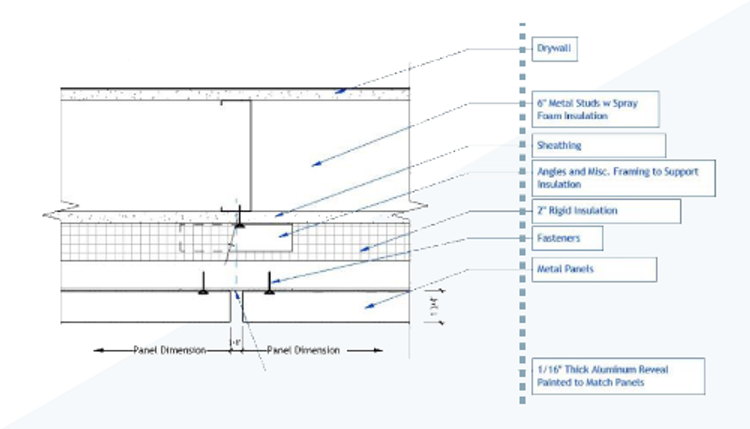
As for sheet organisation we all have been finding work arounds using shared parameters to group sheets into various collections such as sketch design, life safety and working drawings. The introduction of Sheet Collections enables you to assign any sheet in the model into flexible groupings making it much easier to bundle sheets into sheet collections.
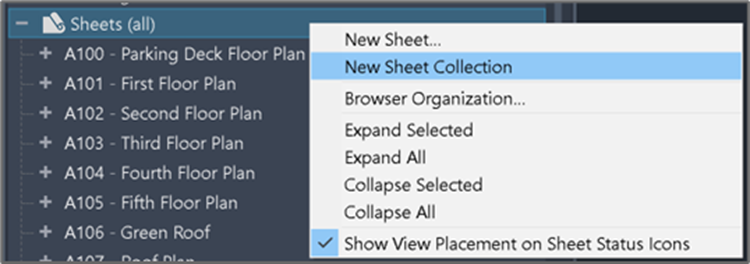
Revit 2025 offers a well-balanced range of new feature enhancements across architecture, structure, and building services disciplines.
The structural disciplines continue to benefit from feature improvements, particularly in rebar, as well as structural framing and connections. Building on Connection Automation introduced in Revit 2023, the latest release enhances flexibility with updated rules for placing steel connections with ranges of applicability.
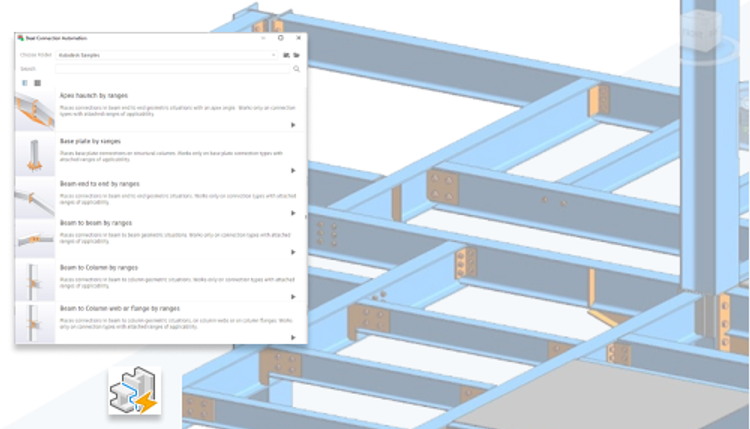
Advance Steel Part and Assembly Marks in Revit improve the workflow between design, fabrication, and construction for steel projects. This valuable tool helps architects and engineers ensure precise designs and full coordination with fabrication requirements.
Building services professionals will be pleased to know that Revit now allows for more effective visual inspection of pressure drop and flow data in design and fabrication networks. Additionally, the new Model Consistency Check feature enables quick identification and correction of connection inconsistencies.

The MEP Fabrication Data Manager, a new tech preview feature, helps users better visualise and organise MEP components by attaching relevant visual details directly to the fabrication data. This greatly improves clarity and efficiency in identifying and working with specific parts in complex systems.
While there are many other enhancements in Revit 2025, the key feature updates are centred around refining the user experience and improving daily workflows. These advancements offer more control and precision, paving the way for better project execution and increased productivity.
For a full overview of the new features in Revit 2025 refer to Help | What's New in Revit 2025 | Autodesk
Civil 3D 2025
Civil 3D 2025 brings several enhancements to streamline complex processes, shorten project delivery times and increase productivity.
Optimised for faster performance, common and routine tasks like regenerating corridor models and editing pipe networks now execute much faster, with some processes reduced from a minute to under 10 seconds. Additionally, working with surface files has significantly improved, providing a substantial boost in overall performance.
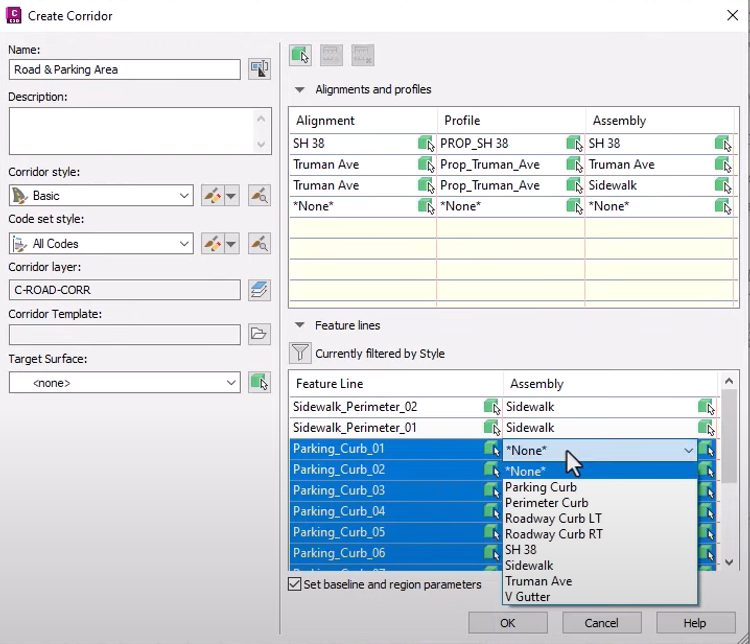
The setup of coordinate systems has also been modernised, with an improved user interface to make it easier for civil engineers to define coordinate systems.
Designers now no longer need to go through a what was very cumbersome 'pick-and-click' process when setting up a corridor model with multiple baselines. Now, with a single click you can now set up these elements all at once, and the updated UI enables a time-saving improvement along the way!
For a full overview of the new features in Civil 3D 2025 refer to Autodesk Civil 3D Help | What's New in Civil 3D 2025 | Autodesk
While these new tools may not seem 'revolutionary,' they allow you to better leverage new, enhanced and existing features. Other enhancements incorporate ideas provided by you, the end user — ensuring they meet practical needs and improve workflows. Continue delivering those ideas to Autodesk and drive suggestions with your peers via the Autodesk Community Ideas stations, as feedback is heard by the development teams and meaningful enhancements can be incorporated in future releases.
In the meantime, explore the 2025 product releases to see which features might make the biggest difference, allowing you to work smarter.